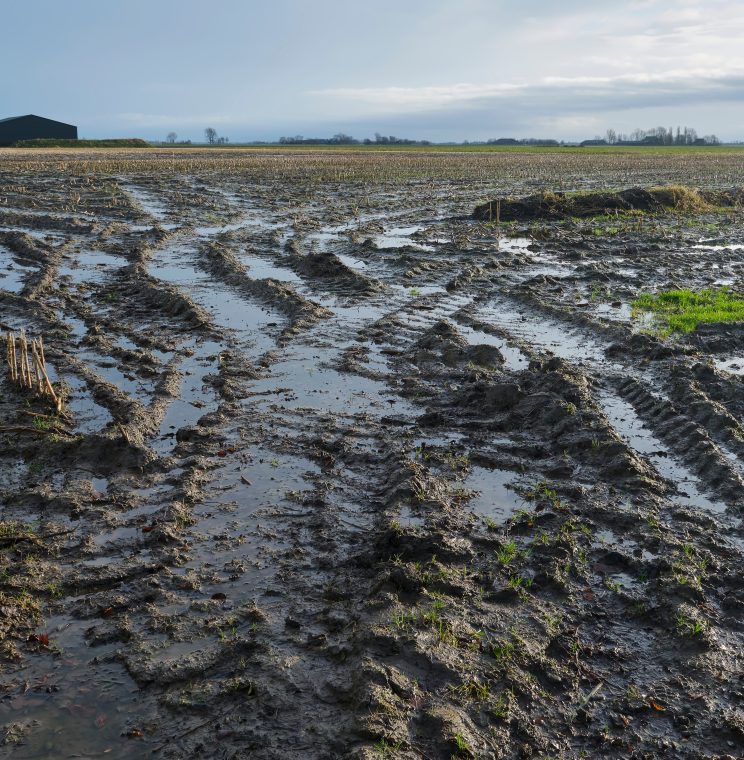How Suitable Are the 28 EU Member States’ Referral Mechanisms in Helping Victims of Human Trafficking?
The Trafficking of Human Beings (THB) remains a key threat within the EU, with 20,532 persons falling victim to trafficking in the years 2015 and 2016 alone. Among them, over half of all registered victims were trafficked for sexual exploitation (56%), and another quarter (26%) was trafficked for labour exploitation.
To address this serious issue, the EU has introduced a comprehensive legal and policy framework addressing particular high-risk groups in a gender-specific, child-sensitive, victim-centred, and human rights-focused approach. A core prerequisite needed to render these anti-trafficking policies effective is the creation of sustainable mechanisms and structures on the local, national and transnational level: these mechanisms laid down in the framework include the National Referral Mechanism (NRM) and the Transnational Referral Mechanism (TRM).
As victims of trafficking require highly-specialised aid that in most cases cannot be provided by national law enforcement, NRMs were set up as cooperations among government agencies and non-governmental experts dealing with trafficked persons to protect and ensure the human rights of trafficked persons and provide effective ways of referring victims to specialised services. Furthermore, an online tool contributing to upholding victims’ access to rights throughout the process, and especially in a situation of cross-border referral was set up, aiding the linking up of experts and professionals from different countries involved in the identification, referral, assistance, return, and monitoring of assistance to victims of trafficking (TRM).
Scope of the Study
The objective of the study was to provide the European Commission with information regarding the functioning of formal and informal referral mechanisms in place in the EU Member States in the context of ensuring access to and realisation of the rights of victims of THB. The study thus provides a structured review of all coordination mechanisms in place in the 28 EU Member States, investigating several key dimensions. These include the legal, policy, and institutional arrangements in place in the Member States, the victim detection and identification methods and procedures foreseen, the established referral pathways to the appropriate services, the provision of appropriate assistance and protection, as well as long-term assistance and integration, including prevention of re-trafficking for victims, the granted assistance and protection in criminal proceedings, as well as the outlined procedures to return victims to their country of origin or previous country of residence.
The functioning of Member States’ National and Transnational Referral Mechanisms
The research team identified that all Member States had set up referral mechanisms and had measures to ensure the improvement of identification of THB victims, even though the make-up of these mechanisms varied between the nations. Furthermore, all referral mechanisms were found to adopt a multidisciplinary approach and thus include a wide range of actors in the protection of trafficked persons. The identified areas in which improvements were still needed spanned five dimensions. Firstly, effective early identification could be aided through targeted capacity-building measures for all actors likely to encounter trafficked individuals. Appropriate training and information on the predominant patterns of THB were suggested to facilitate the identification and detection of potential victims in the future. Secondly, the research team identified a need to broaden and appropriately re-focus the centre of Anti-Trafficking measures onto all victims of exploitation, regardless of sex, age, and consequences of the specific form of exploitation.
Furthermore, enhanced cooperation of all involved actors is needed. This includes all personnel included in the multidisciplinary approaches to strengthen internal cohesion, the enhanced synergies between different national agencies, as well as the strengthened coherence between the national and transnational levels. Additionally, the research team identified the need for reliable monitoring mechanisms capturing the access to and the realisation of victims’ rights in all phases of referral. Lastly, the availability, accessibility and sustainability of funding at the national level for assistance and support represent a hurdle in the realisation of the rights of all victims.
Read our final report for more information or contact our consultant Alexandra Rimpler-Schmid.

17 November 2021
3 minute read
Key Experts
Alexandra Rimpler-Schmid
Senior Consultant



